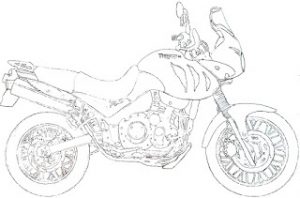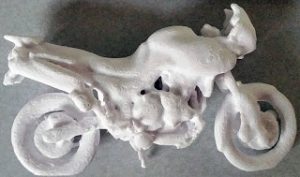I did computer clubs and delved into #edtech relentlessly, but didn’t get my computer engineering qualification until now because I needed it for a headship, and they’d recently made changes that cleared up some of the labyrinthine rules around getting the qualification.
So here I am, a qualified IT technician in a computer engineering class. If we’re doing networking, or computer repair, I’m aces, but soldering? Circuit boards? Not so much. The funny thing is we have electrical engineers that don’t know what a registry is or how to reset an IP address, but they are brilliant on a circuit board. I’m starting to realize that computer engineering is another one of those subjects that collects expertise from various disciplines and files it all under the same heading. I’m also beginning to see why some comp-eng teachers’ courses look so different from other comp-eng teachers’ courses.
Other than cutting networking cables, running them and installing hardware, I’m not really a nuts and bolts of electronics kind of guy, but after taking this AQ, I will be. When I was a kid I got into cars and stereos and did some wiring then, it’s nice to get hands on with components again. My experience has all be around making it (IT) work for business, after taking this AQ, I get the sense that I’m going to end up delving more deeply into maker culture, something I’ve wanted to do for too long.
Getting my head back into wiring diagrams felt impossible in the first few days. I’m finding the tools available, especially Arduino and Fritzing to be invaluable in bridging gaps in knowledge. I know I won’t be a Jedi knight at circuitry by the end of the course, but the 1-2-3 system our instructor has been using has recognized the varieties of skills in the room and allowed people to focus on what they want to improve in, and improve I have.
I’m looking forward to hitting my tech-class in the fall and getting my hands dirty. In the meantime, I just started Shop Class As Soulcraft, suggested by our instructor on the last day of class. Some mechanic’s philosophy will help fill in the gap I’m feeling between my academic background, and my urge to work with my hands again.












